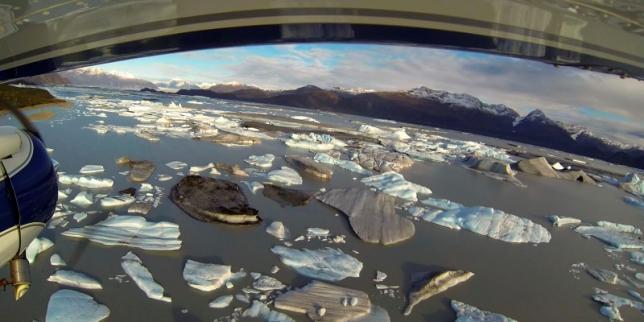Scientists are better able to measure how climate change may cause extreme weather such as droughts, heat waves and heavy rain, but research does not clearly tie wildfires, tornadoes and hurricanes to global warming, the top U.S. scientific organization said on Friday.
The National Academies of Sciences, Engineering and Medicine said in a 144-page report that a host of factors could be behind weather events, including normal variations and atmospheric circulation.
Extreme events are harder to explain, since they are rare and data are limited, said the honorary group chartered by Congress to perform studies for the federal government.
David Titley, a Pennsylvania State University scientist who heads the committee that wrote the report, said climate experts increasingly were being asked if extreme weather stemmed from rising global temperatures caused by humans.
“While that question remains difficult to answer given all the factors that affect an individual weather event, we can now say more about how climate change has affected the intensity or likelihood of some events,” he said in a statement.
Questions about climate change as a factor behind devastating weather have grown more common after such events as Hurricane Sandy, which hammered the northeastern United States in 2012; heavy flooding in South Carolina and Britain last year; and a South Asian heat wave last summer that killed thousands of people.
Scientists are most confident in tying human-induced warming to extreme weather for heat waves and cold snaps, since there are plenty of historical data and simulating them with models is relatively easy, the report said.
Those events are followed by drought and heavy rainfall, which is influenced by increased atmospheric moisture caused by climate change, but wildfires could arise from such factors as forest management and climate variables, it added.
Severe thunderstorms, tornadoes and hurricanes have the weakest link to global warming, especially if they occur outside tropical waters, the report said, noting a lack of data and the difficulty of simulating them.
Source: REUTERS











